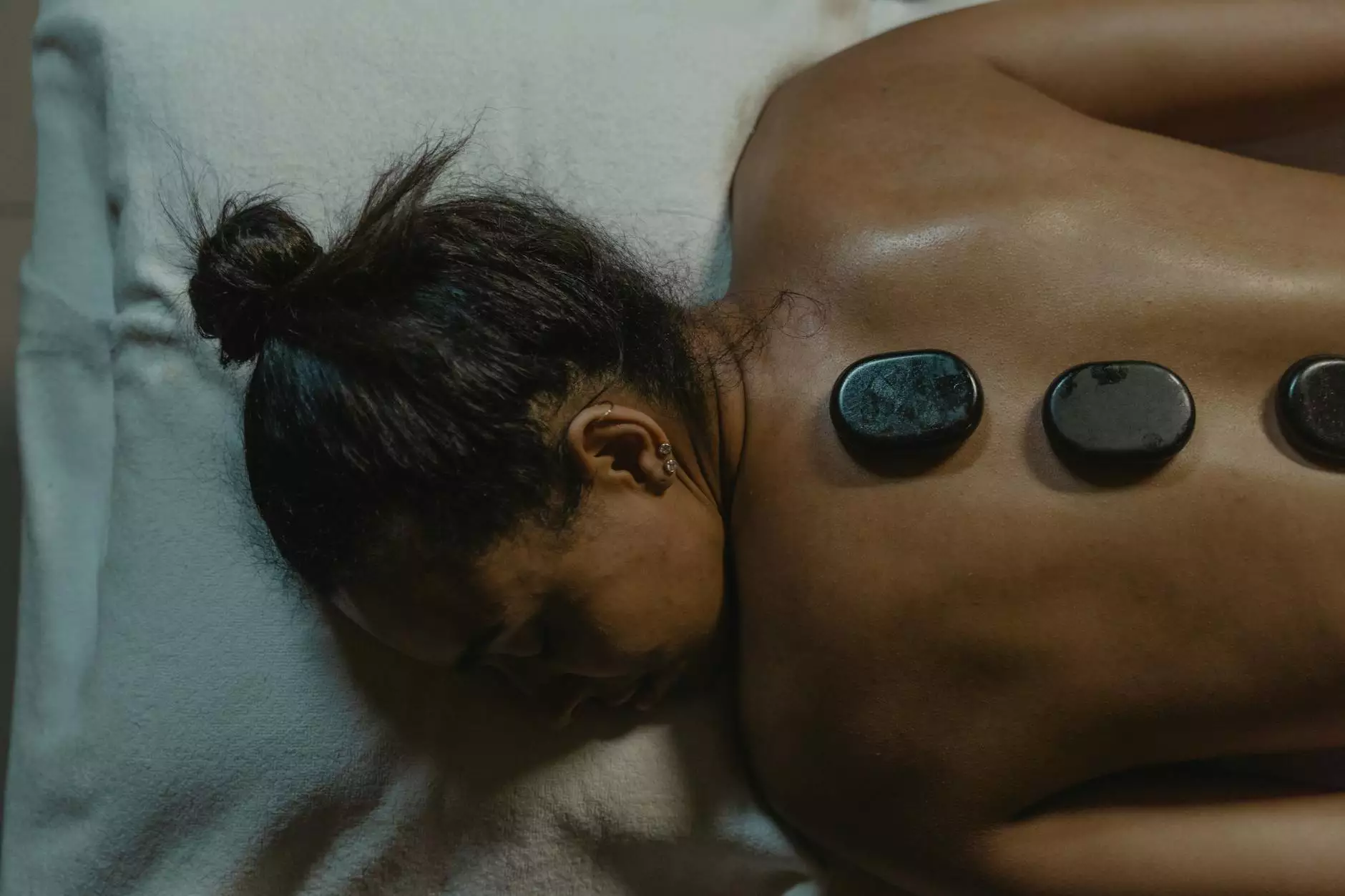How the Wrong Bike Seat Height Can Cause Knee Pain
Blog
Welcome to Regency Square Care Center's article on the connection between bike seat height and knee pain. In this comprehensive guide, we will explore the potential causes and solutions for knee discomfort during cycling.
The Importance of Proper Seat Height
Having the correct bike seat height is crucial for preventing knee pain and injury. When your seat height is not properly adjusted, it can lead to various issues such as:
- Increased stress on the knees
- Strained muscles and tendons
- Decreased cycling efficiency
- Uncomfortable riding experience
By understanding how to set up your bike seat height correctly, you can minimize the risk of knee pain and enjoy a smooth and efficient cycling experience.
How to Measure the Correct Seat Height
Measuring the correct seat height for your bike involves a few simple steps:
- Stand next to your bike and position the saddle level with your hip bone.
- Mount the bike and place your heel on the pedal at its lowest point.
- Adjust the seat height until your leg is fully extended without locking the knee.
It's important to note that this is a general guideline, and individual preferences and body proportions may require slight adjustments. Consulting with a professional bike fitter can provide personalized recommendations.
Common Mistakes and their Effects
1. Seat Too Low
If your bike seat is too low, it can cause excessive knee flexion during pedaling. This can lead to:
- Increased strain on the quadriceps muscles
- Overuse and inflammation of the patellar tendon
- Pain around the front of the knee
Additionally, a low seat height can limit the power output of your pedal stroke and result in decreased cycling efficiency.
2. Seat Too High
On the other hand, if your bike seat is set too high, it can cause overextension of the knee and lead to:
- Strained hamstrings and calf muscles
- Increased pressure on the back of the knee
- Discomfort or pain in the back of the knee
You may also experience instability and difficulty reaching the pedals properly, affecting your control and overall cycling performance.
Seeking Professional Assistance
If you're unsure about how to adjust your bike seat height or experiencing persistent knee pain while cycling, it's advisable to seek professional assistance from a bike fitter or a healthcare provider specializing in sports medicine.
A professional bike fitting session can help analyze your cycling biomechanics, assess your flexibility and riding style, and make precise adjustments to optimize your seat height and overall bike fit. This personalized approach can prevent recurring knee pain and enhance your cycling experience.
Conclusion
Ensuring the right bike seat height is essential for preventing knee pain and enjoying a comfortable and efficient cycling experience. By following the steps mentioned above and seeking professional assistance when needed, you can minimize the risk of knee discomfort and optimize your overall cycling performance.
Regency Square Care Center is dedicated to providing comprehensive health information to empower individuals in their pursuit of healthy and active lifestyles.










